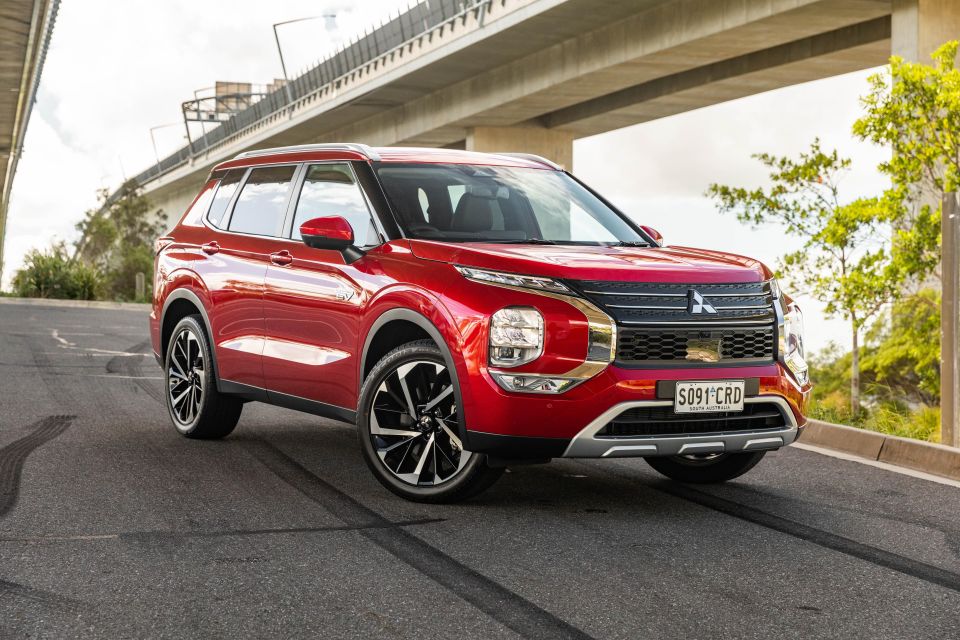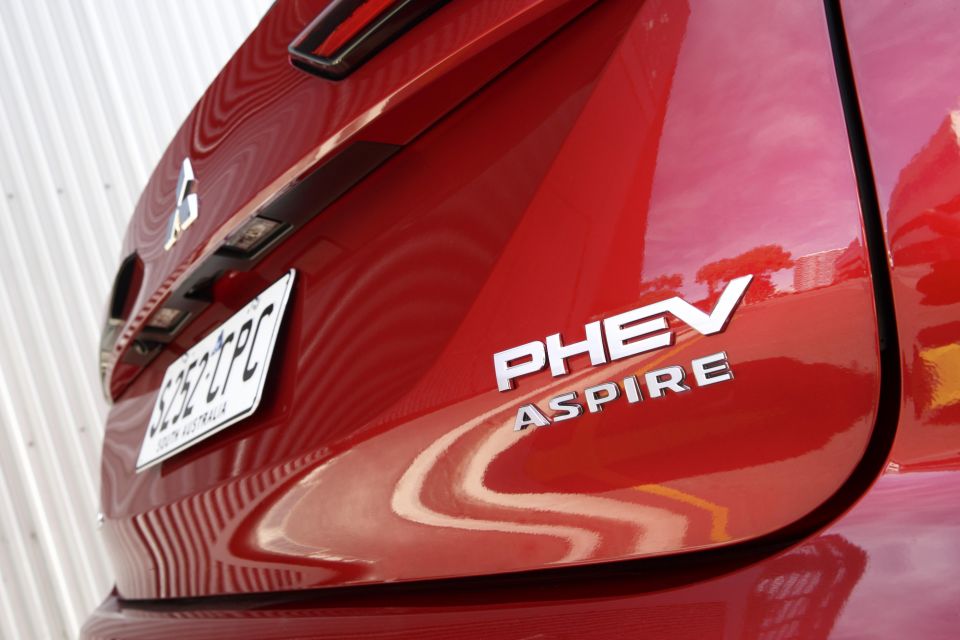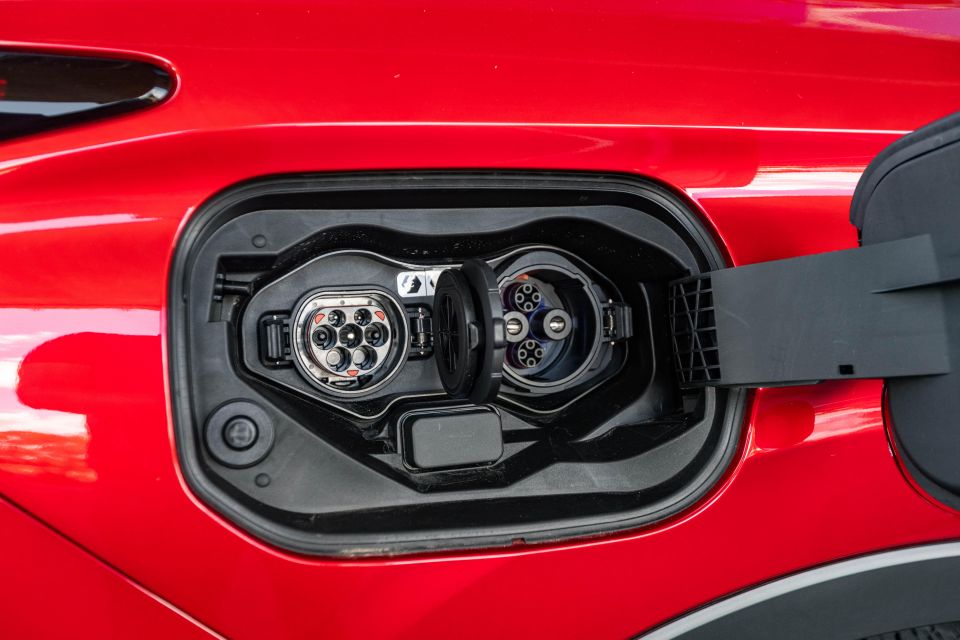

Max Davies
2025 Lexus NX450h+ F Sport review
28 Days Ago
Mitsubishi is talking about how efficient its plug-in hybrids are in the real world with zero useable charge.

Senior Contributor


Senior Contributor
Mitsubishi Australia, a leader in plug-in hybrids (PHEV), says it would like to see greater clarity around fuel consumption in these petrol-electric cars.
This means publishing more widely the fuel economy performance of a PHEV with a battery charge state of zero (displayed), as well as its economy with the battery in use.
The Outlander PHEV’s overall fuel efficiency according to the ADR 81/02 standardised test is 1.5 litres per 100km – more than three-times better than a Toyota RAV4 (non-plug-in) hybrid.
This figure takes into account the Outlander’s PHEV’s claimed 84km (NEDC) electric-only driving range from its 20kWh battery, which is why it sips so little fuel on a shorter test cycle.
This 1.5L/100km figure is not an outlier, with most PHEVs on sale sitting at or below the 2.0L/100km mark under official guidance in the same rolling test protocols.
But to its credit, Mitubishi is open about the fact the Outlander PHEV’s expected fuel use if you start with no indicated battery mileage left is actually 6.7L/100km.
This figure is representative of the fact that it reverts to a regular hybrid when the 20kWh battery’s useable charge is depleted, and must carry around the added weight of the pack.


This figure is far more accurate and reflective of what you might achieve on a longer drive, or what you can expect if you simply forgot to (or were unable to) charge up the night before.
Mitsubishi Motors Australia eMobility Strategy Manager Tim Clarke said this week he hoped the government’s Green Vehicle Guide would promote this figure for all PHEVs “so the customer can make an informed decision”.
“That’s the importance of those numbers,” he added.
The combined driving range for the Outlander PHEV starting with a full 20kWh battery and full 56L fuel tank, should eclipse 850km.
Where expert car reviews meet expert car buying – CarExpert gives you trusted advice, personalised service and real savings on your next new car.


Max Davies
28 Days Ago


Andrew Maclean
16 Days Ago


James Wong
13 Days Ago


Max Davies
11 Days Ago


Paul Maric
9 Days Ago


James Wong
5 Days Ago